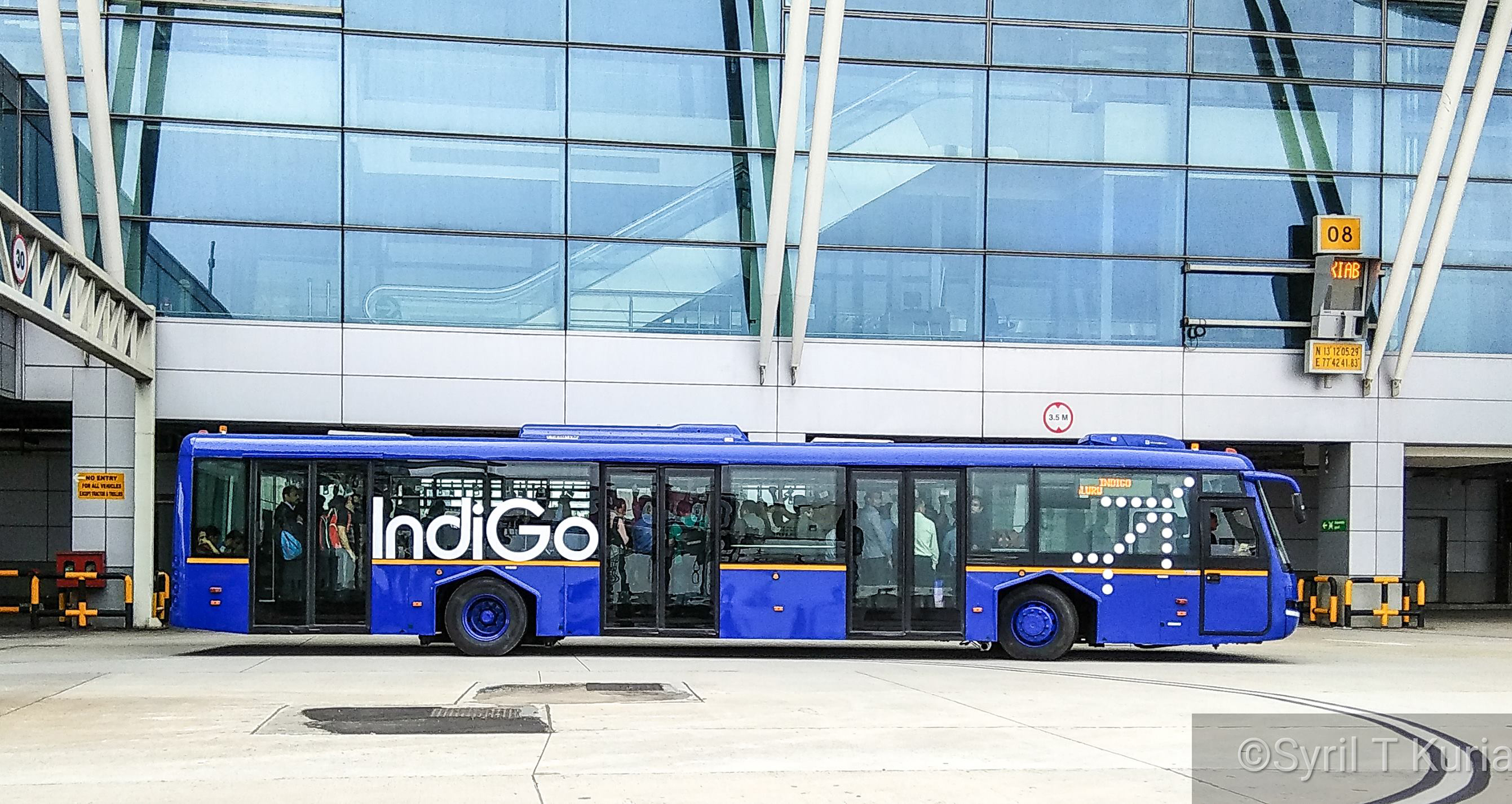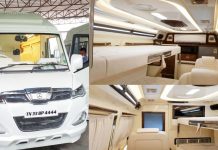Why do airports use a special type of bus to transport passengers between gates and airplanes?
Actually that largely depends on airport. A lot of major airports in the US are known for NOT using specially-designed apron buses to shuttle passengers on a noticeable scale. They use a lot of regular transit buses for that purpose.
For example, LAX operates a fleet of NABI 60-BRT semi-low-floor articulated buses, very similar to those operated by LA County Metro. I have also seen El Dorado Axess 40-foot buses being used at DEN. I believe there are Gillig Low Floor 40-foot at JFK. Yes, I do mean air-side shuttle buses, which transfer checked-in passengers between gates and aircrafts.

Outside the US this approach is not uncommon, either. FRA (Frankfurt am Main) in Germany has a large fleet of 18-meter Mercedes Citaro buses. Solaris Urbino buses, both solo and articulated variants, are very popular among European airports. British-built city buses are common in the UK and Ireland.
So, why?
Special apron buses are good, but their advantages come at a price.
First of all, only a handful of manufacturers around the globe build these kind of specialty vehicles. Among the most notable are COBUS, Neoplan, and Van Hool. If there are only a couple of suppliers, it is difficult to bring the price down, due to volume, technology, reputation, etc.
Second, these beasts are complicated. In order to achieve maximum low-floor area, these buses are almost always front wheel drive. A FWD sedan or even crossover is no news these days, but a heavy duty axle which both serves as the primary drive and primary steering is very rare. The most prominent apron bus, the COBUS 3000 series, uses Mercedes-Benz AL 7 axles for all-wheel-drive trucks. Neoplan uses Kessler axles. Obviously, either axle requires some maintenance beyond what a regular ZF or Meritor axle does.

Since these buses are typically not allowed on public roads due to their overwhelming size (mainly width), it is usually difficult to shuttle these buses to maintenance facilities far away from the airport. Therefore, economy of scale comes into play here — this is why, at least according to my observation, a lot of airport either do not buy any, or buy a lot.
So when it comes to price, some hearsay goes around about a COBUS 3000’s price. I have heard it is over $600,000. A 18-meter or 60-foot low-floor articulated bus costs around the same, assuming diesel, and it is capable of carrying as many passengers. A typical North American-style low floor bus is “semi-low-floor” because of the stairs above the rear axle; an European-style low floor bus can be low floor all over lengthwise, which further improves passenger capacity.



















